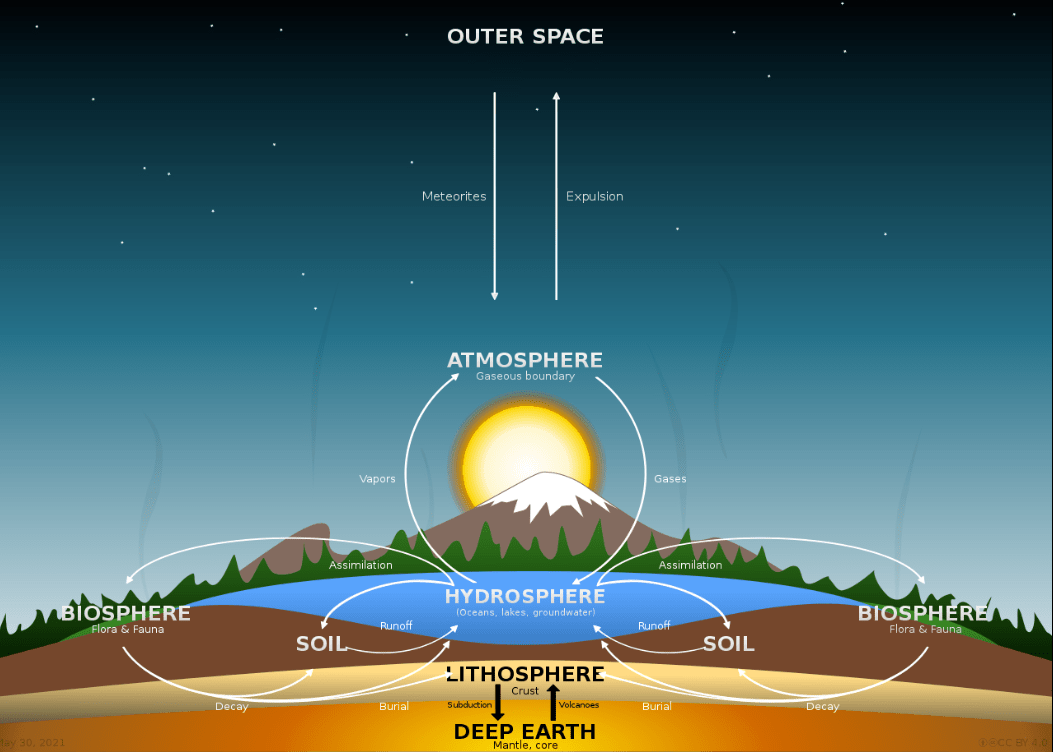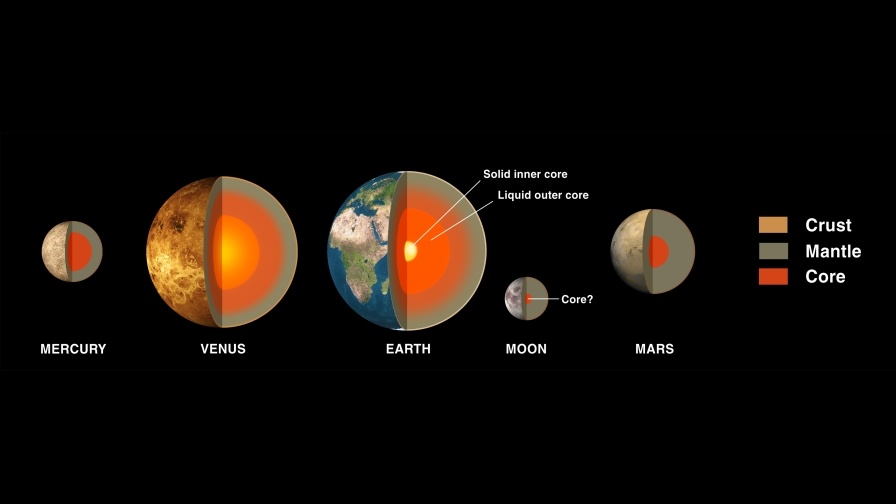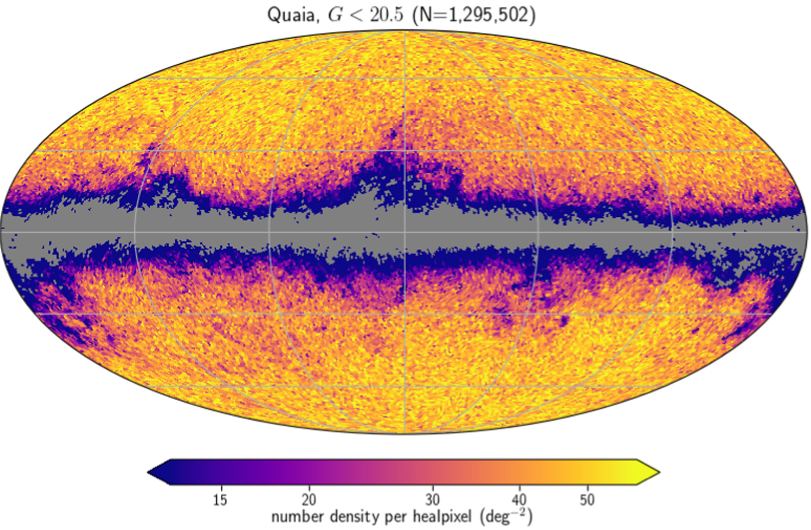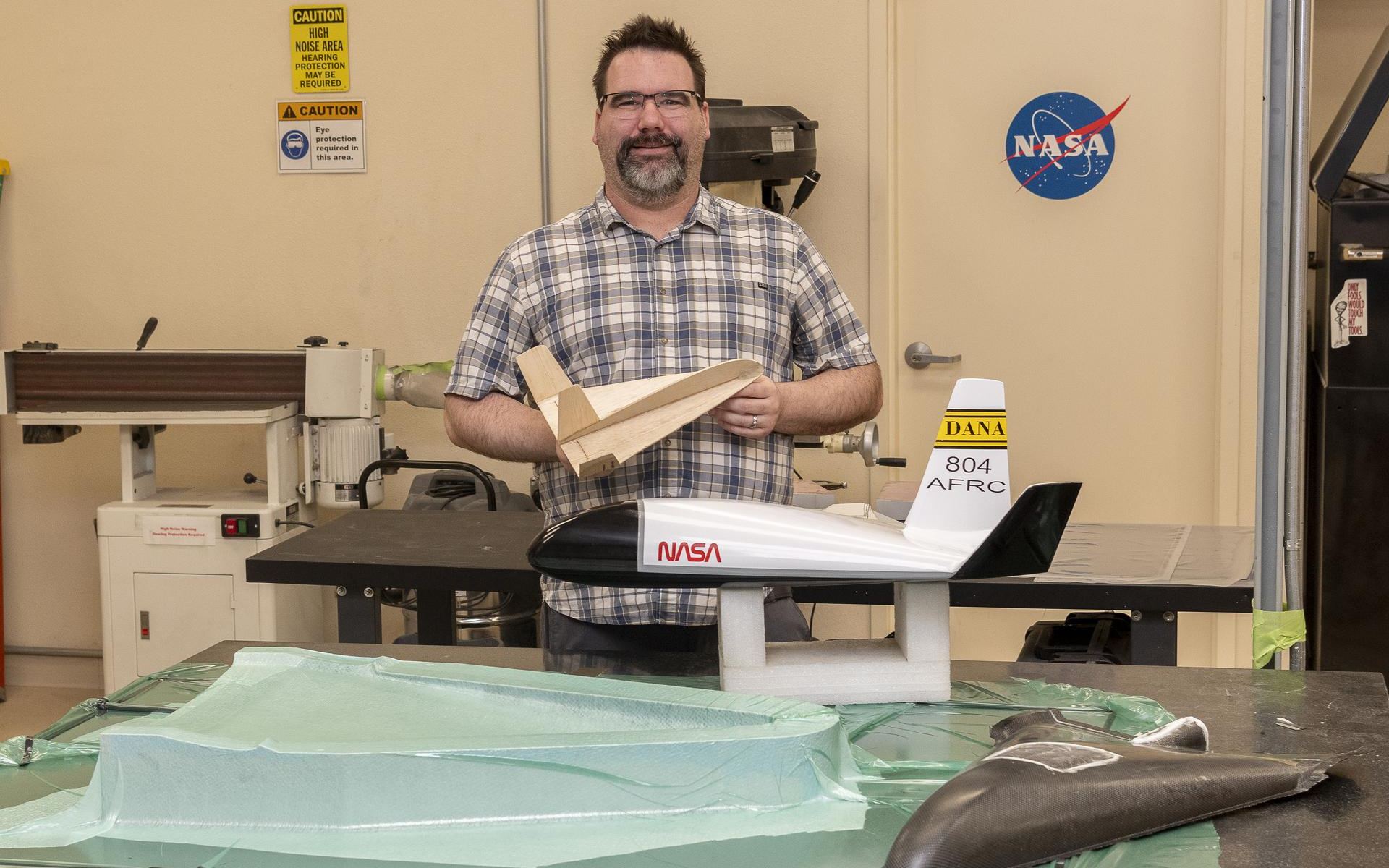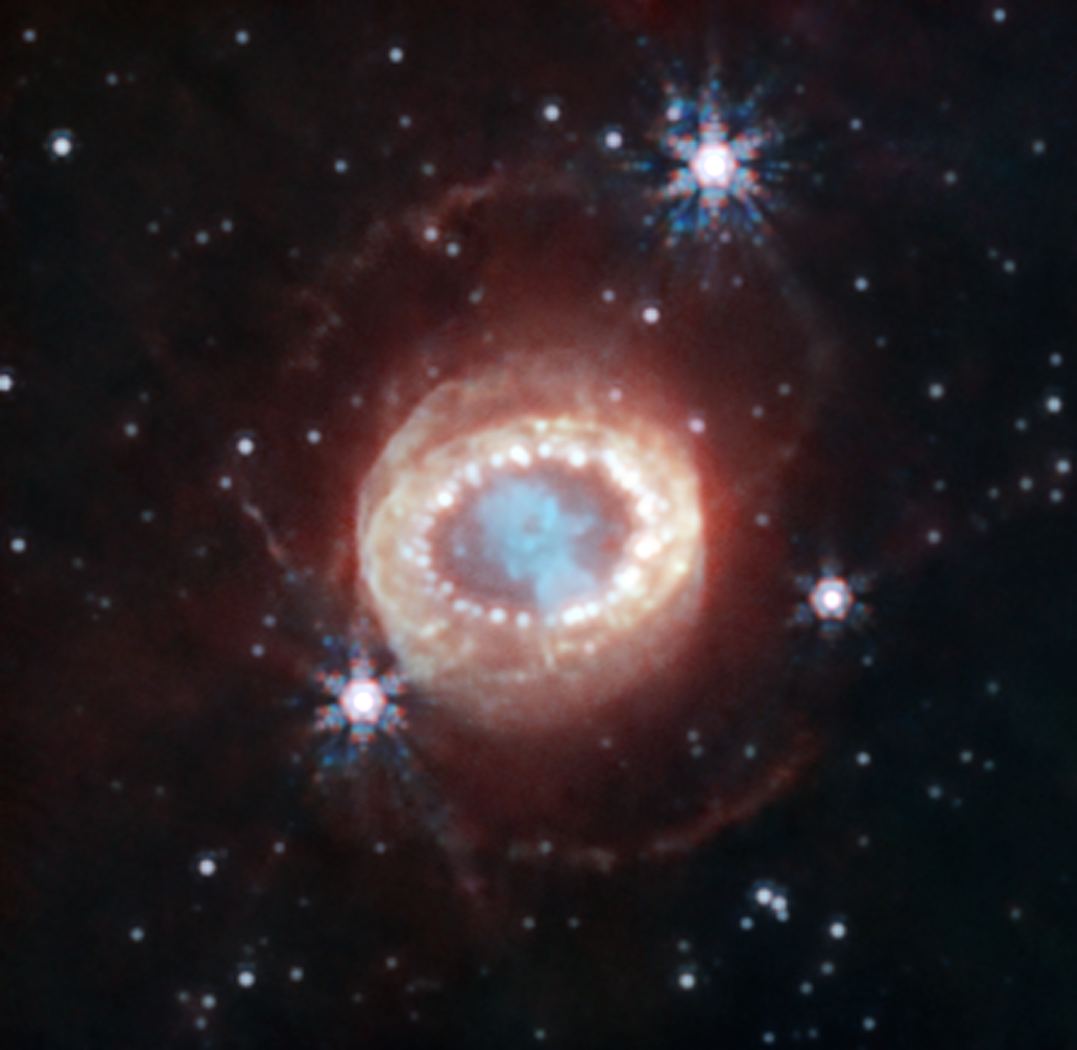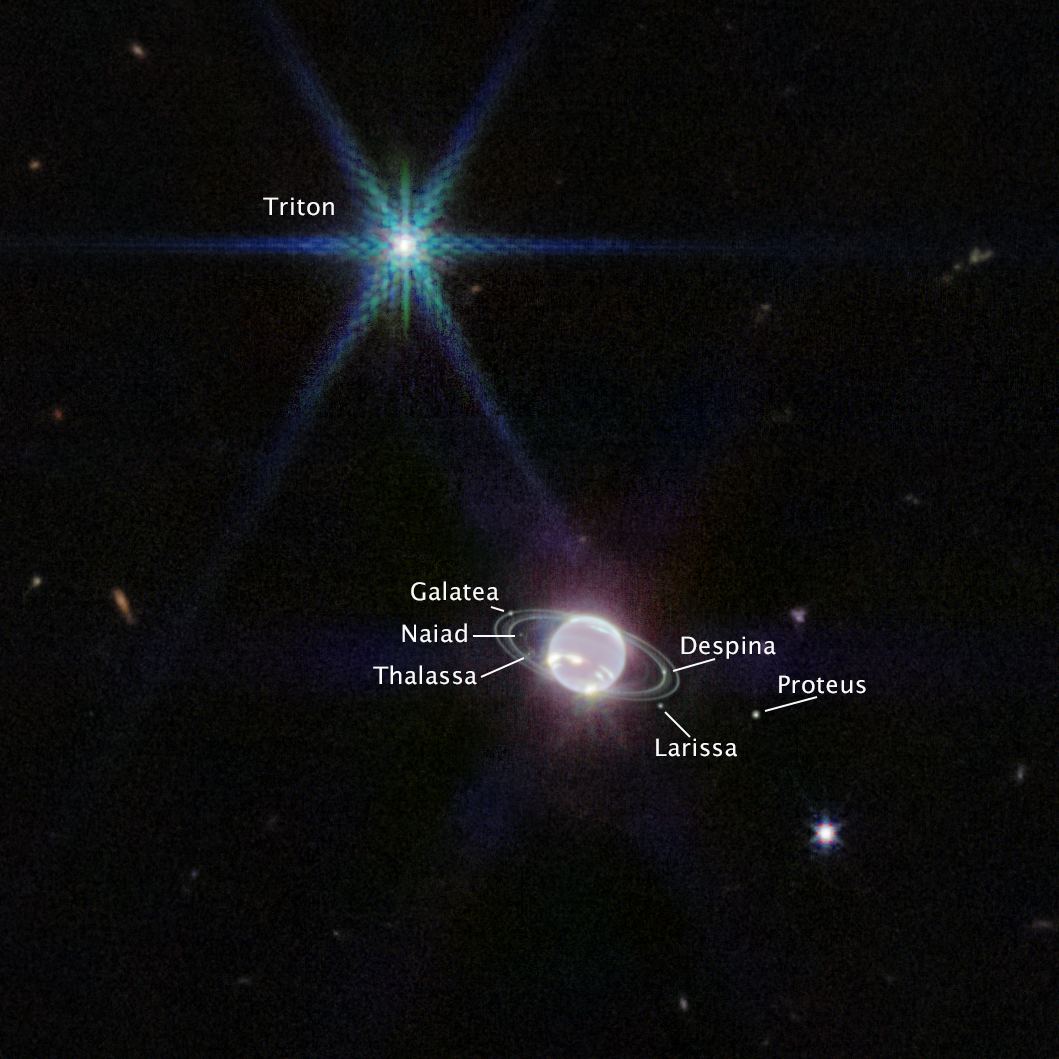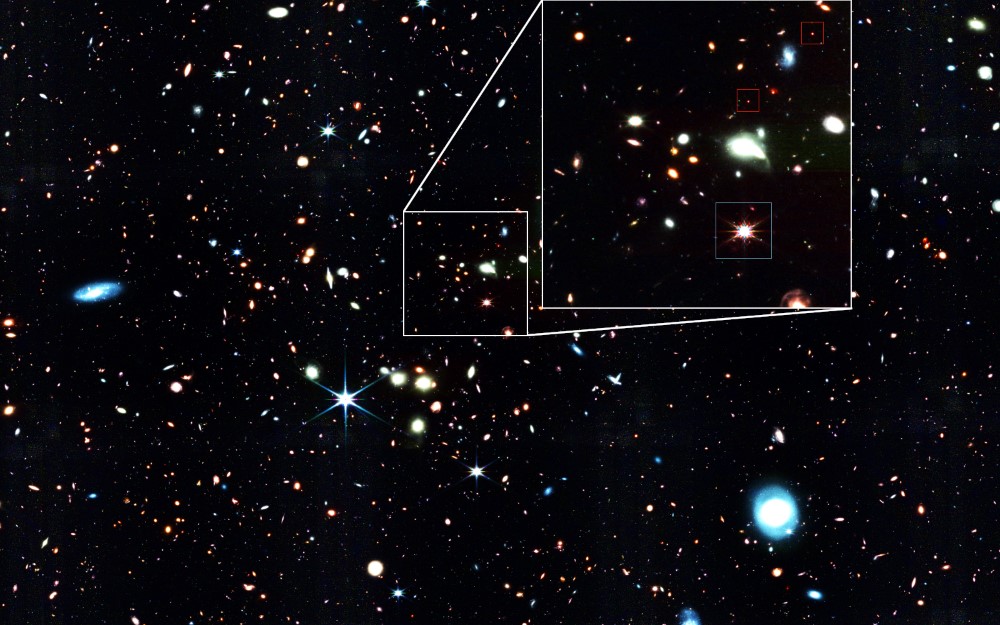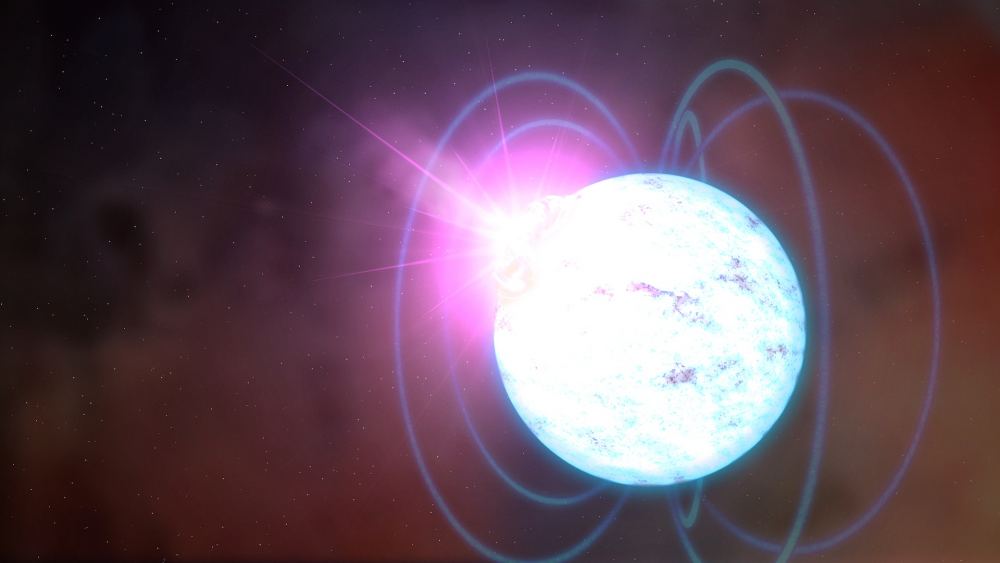We, and all other complex life, require stability to evolve. Planetary conditions needed to be benign and long-lived for creatures like us and our multicellular brethren to appear and to persist. On Earth, chemical cycling provides much of the needed stability.
Chemical cycling between the land, atmosphere, lifeforms, and oceans is enormously complex and difficult to study. Typically, researchers try to isolate one cycle and study it. However, new research is examining Earth’s chemical cycling more holistically to try to understand how the planet has stayed in the ‘sweet spot’ for so long.
Continue reading “Earth’s Long-Term Habitability Relies on Chemical Cycles. How Can We Better Understand Them?”
